Discover a professional 3D printing powder supplier
Aluminum-based 3D Printing Powder
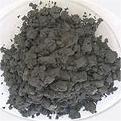
3d printer filament extruder credit card embosser and printer machine digital
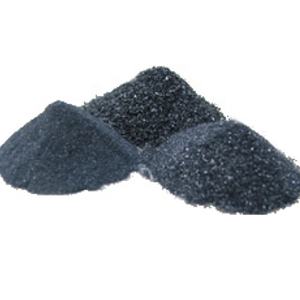
Seal Custom 3D Printing Service Cnc Model stl files 3d design nylon 12 powder sla 3d printing
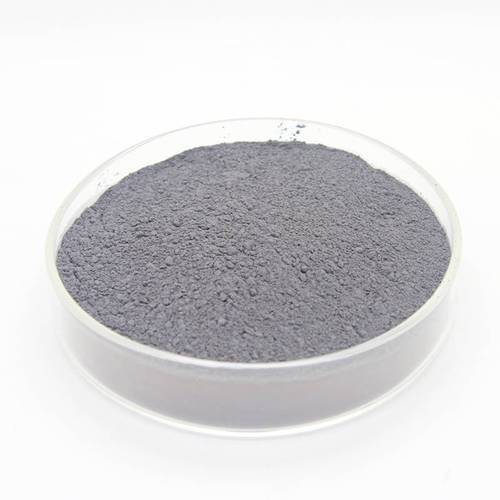
Custom Fabrication aluminum Metal Custom Precision Lathe aluminum Parts Cnc Machining Service
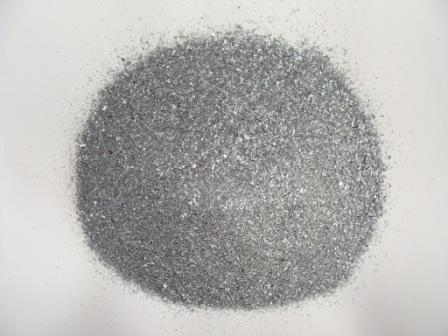
OEM/ODM household appliances TV remote control metal parts machining custom 3D printing
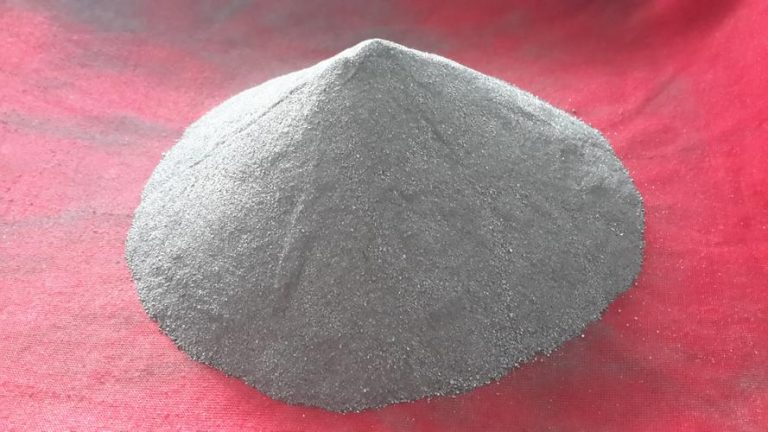
CNC aluminium prototype manufacturing plastic 3D printing rapid prototyping service
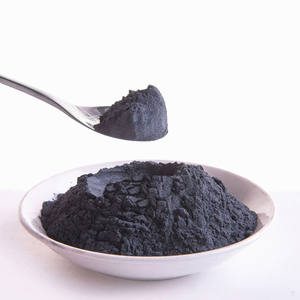
3d Printing Anodized Aluminum CNC Milling Turning Parts Precision Custom CNC Machining Car Parts
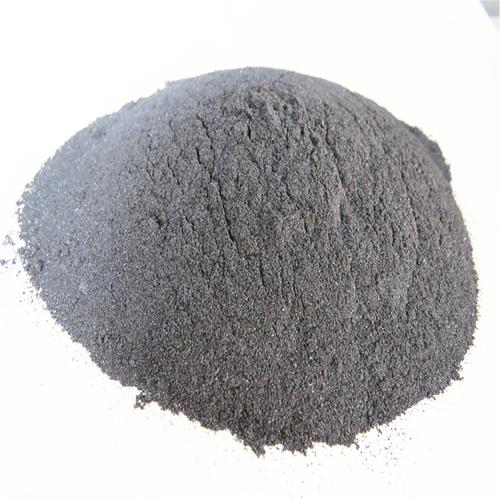
professional factory precision machining service custom 3D printing rapid prototyping metal /plastic model parts
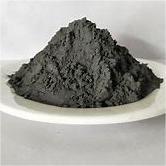
Custom Pom HDPE Acetal Plastic CNC Machining End for Bottle ABS / POM / PC / PMMA Rapid 3D Prototyping Services SLA 3D Printing
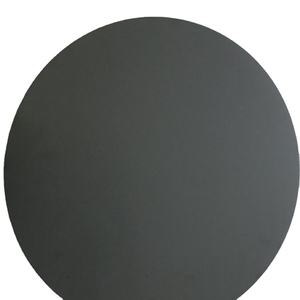
KAIAO Car Wheel Hub Custom Sample Test Factory ABS Cnc Machining Pen Turning Kit Aluminum Parts Turning Machine CN;GUA
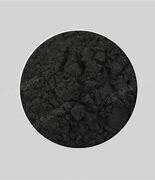
Oem Custom Precision Metal Machining Service 6061 6063 7075 Aluminium Alloy CNC Milling Machining Part CNC
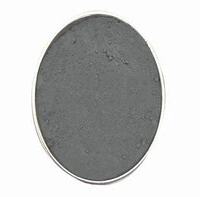
Custom 3D printing enclosure rapid prototype model plastic metal cnc machining service Servicio de Mecanizado Procesamiento CNC
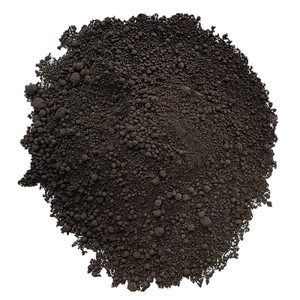
Cnc Machining Parts Aluminum Stainless Steel Brass Iron Titanium POM Nylon Material Custom Hardware Accessories
Introduction to aluminum-based 3D printing powder
Aluminum-based 3D printing powder is a metal powder material used for additive manufacturing (such as SLM, SLS and other processes), the main components of which are aluminum and its alloys (such as AlSi10Mg, Al6061, etc.). It has lightweight, high strength and good thermal conductivity, and is widely used in aerospace, automotive and electronics fields.
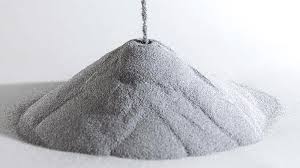
Characteristics of aluminum-based 3D printing powder
Lightweight: low density, suitable for weight reduction design.
High strength: some alloys have excellent mechanical properties after heat treatment.
Corrosion resistance: an oxide film can be formed on the surface, which is resistant to environmental corrosion.
Thermal conductivity and electrical conductivity: suitable for heat dissipation components or electronic devices.
Easy processing: good fluidity, suitable for high-precision printing.
Specifications of aluminum-based 3D printing powder
| Parameter | Value |
|---|---|
| Material | AlSi10Mg, Al6061, etc. |
| Particle Size | 15-45 μm (D50) |
| Density | ~2.7 g/cm³ |
| Melting Point | 550-660°C (varies by alloy) |
| Oxygen Content | <0.1% |
| Flowability | ≤25 s/50g (Hall Flowmeter) |
| Sintering Method | SLM, EBM, Binder Jetting |
Application of aluminum-based 3D printing powder
Aerospace: lightweight structural parts, brackets, etc.
Automotive industry: engine parts, radiators.
Electronic equipment: heat dissipation modules, housings.
Mold manufacturing: conformal cooling molds.
Medical: customized equipment (requires biocompatibility treatment).
Company Profile
3D Printing Passion is a trusted global chemical material supplier & manufacturer with over 12-year-experience in providing super high-quality 3D printing powder and relative products.The company has a professional technical department and Quality Supervision Department, a well-equipped laboratory, and equipped with advanced testing equipment and after-sales customer service center.If you are looking for high-quality 3D printing materials and relative products, please feel free to contact us or click on the needed products to send an inquiry.
Payment Methods
L/C, T/T, Western Union, Paypal, Credit Card etc.
Shipment
It could be shipped by sea, by air, or by reveal ASAP as soon as repayment receipt.
5 FAQs about aluminum-based 3D printing powder
Q: Which 3D printing technologies are aluminum-based powder suitable for?
A: It is mainly suitable for SLM (selective laser melting), EBM (electron beam melting) and binder jetting technology.
Q: Does aluminum powder need heat treatment after printing?
A: Some alloys (such as AlSi10Mg) can improve mechanical properties through heat treatment, but it is not necessary.
Q: Storage conditions of aluminum-based powder?
A: It needs to be moisture-proof and sealed to avoid oxidation and contamination.
Q: What is the surface roughness of the printed part?
A: Usually Ra 10-20μm, which can be improved by polishing or machining.
Q: What are the advantages compared with other metal powders?
A: It is lighter, cheaper than titanium powder, and has a better printing speed than steel powder.
